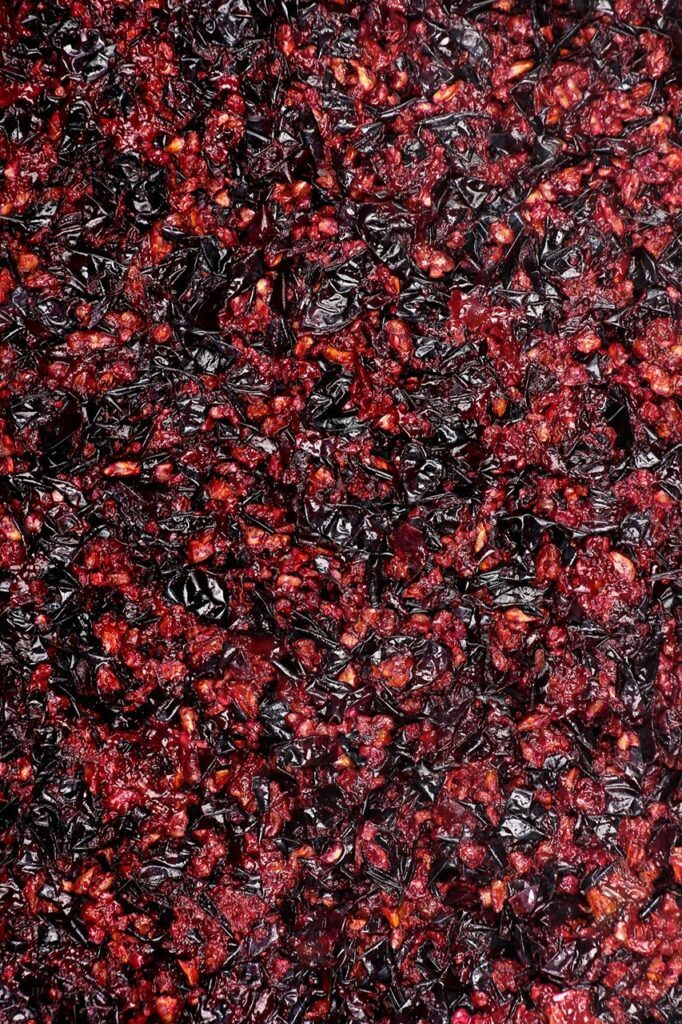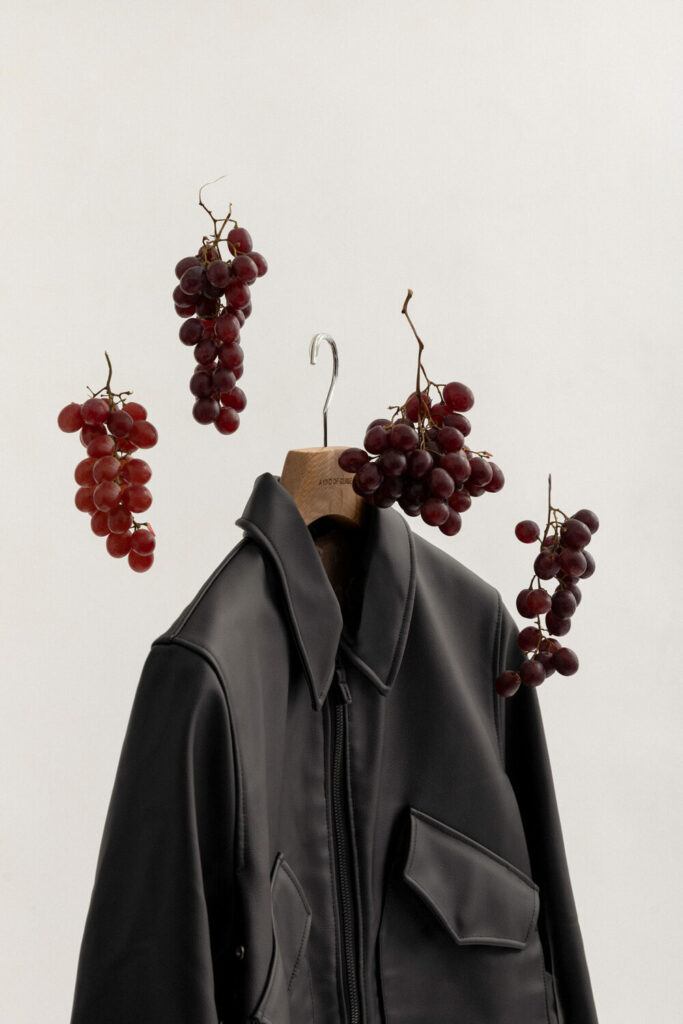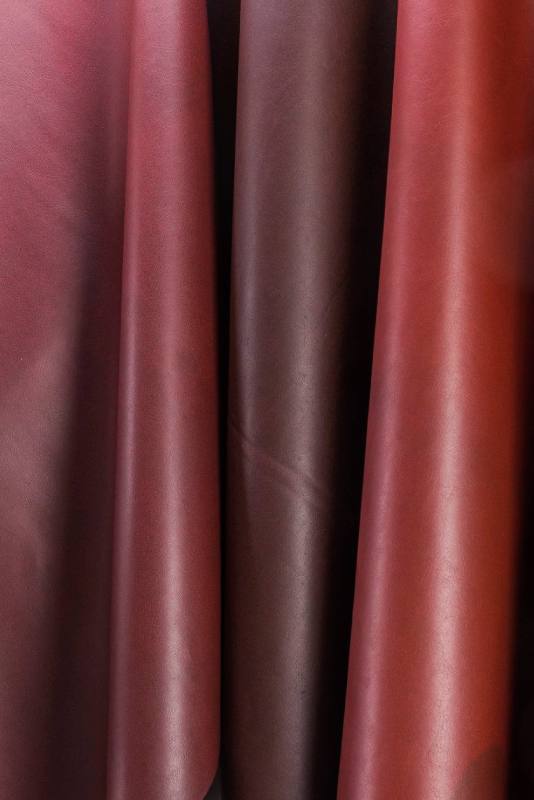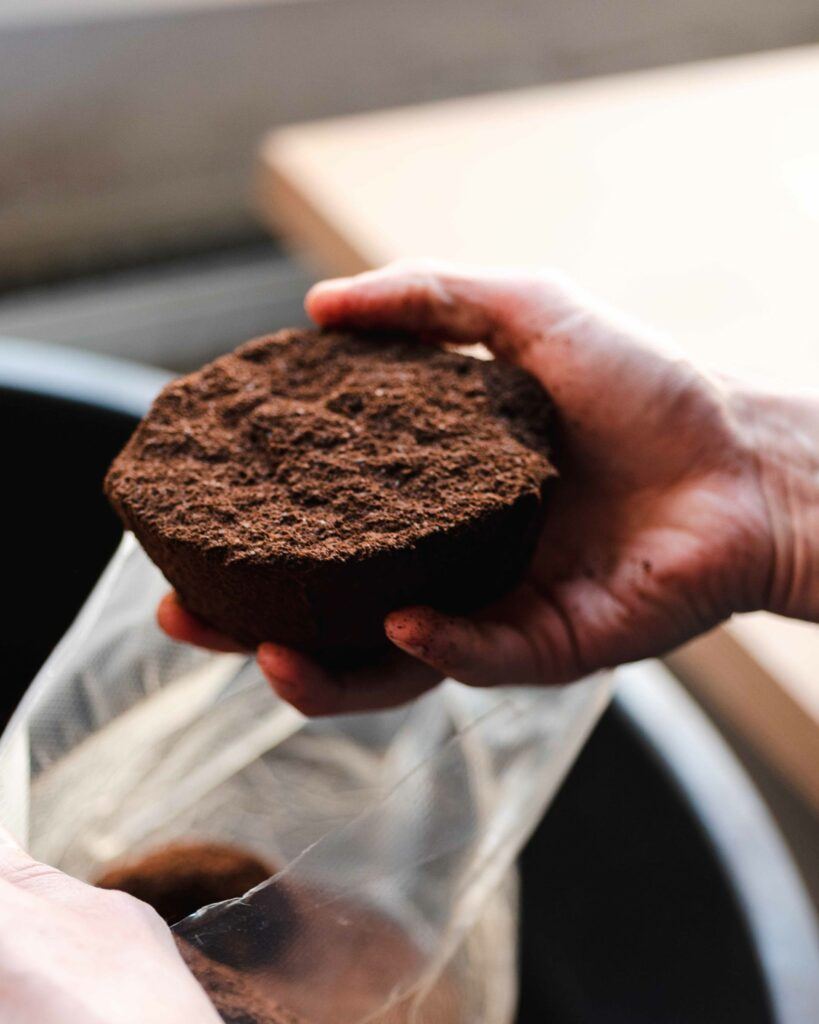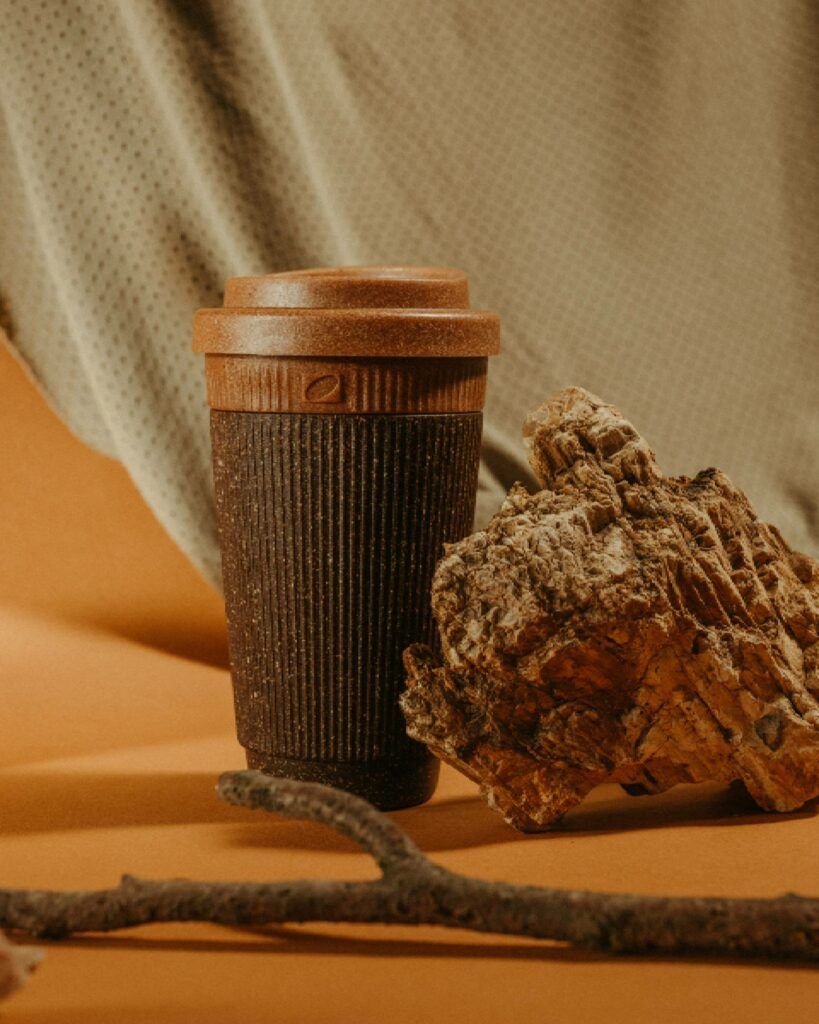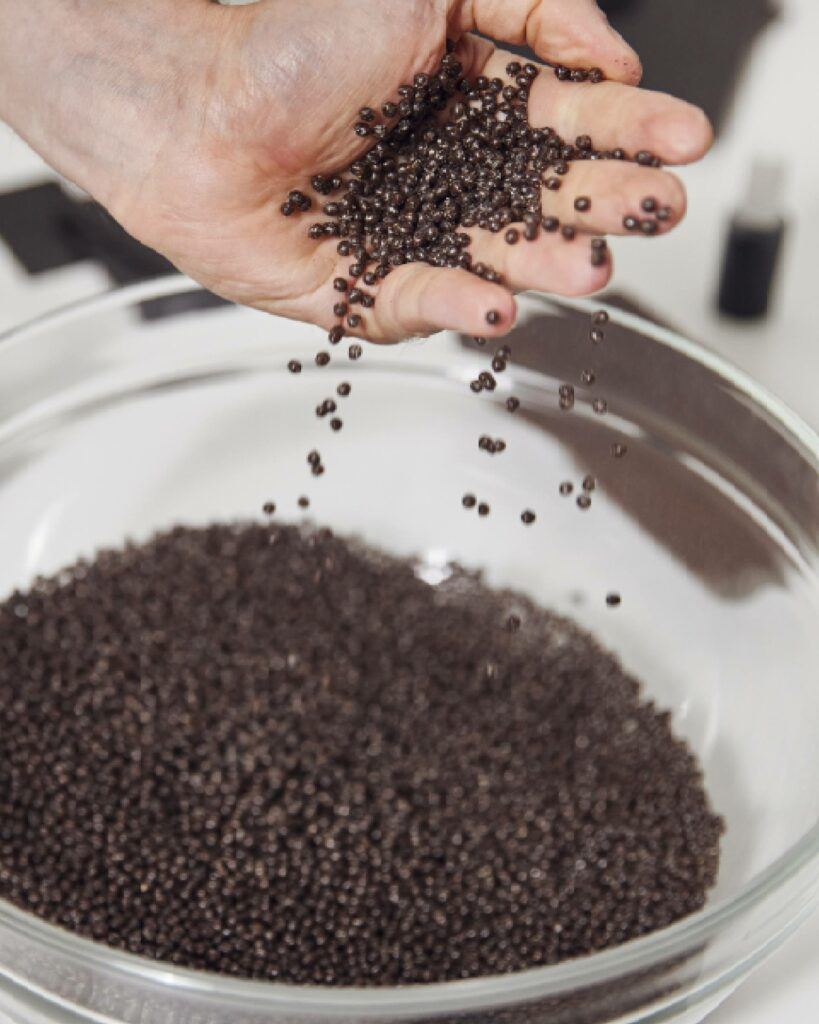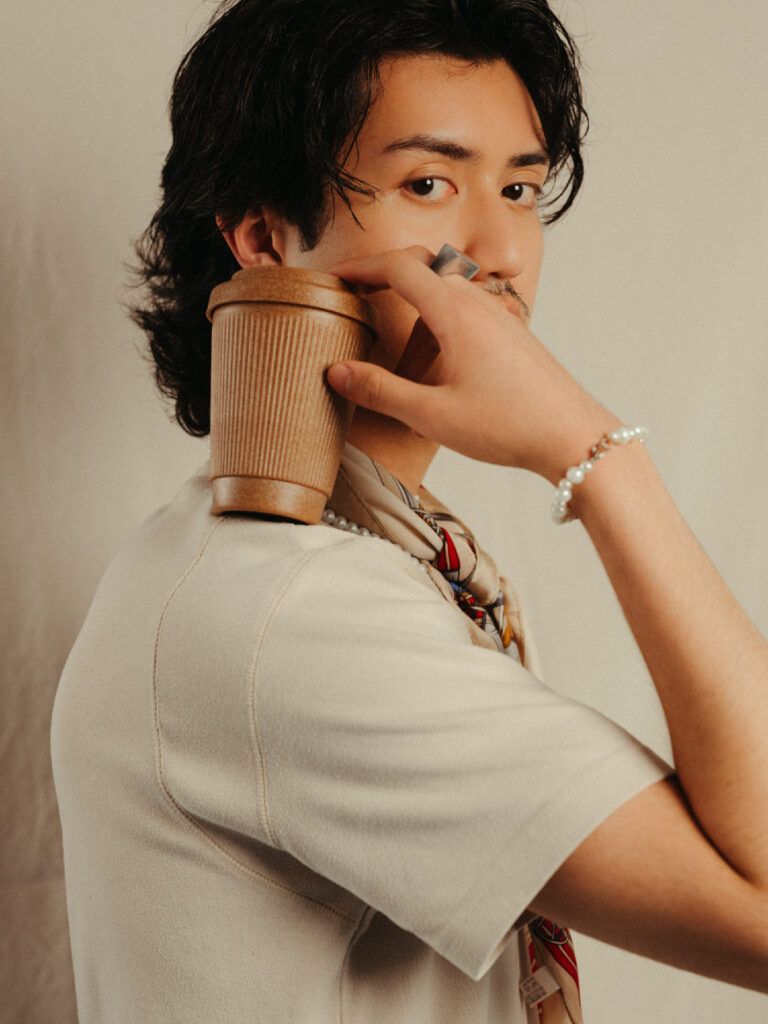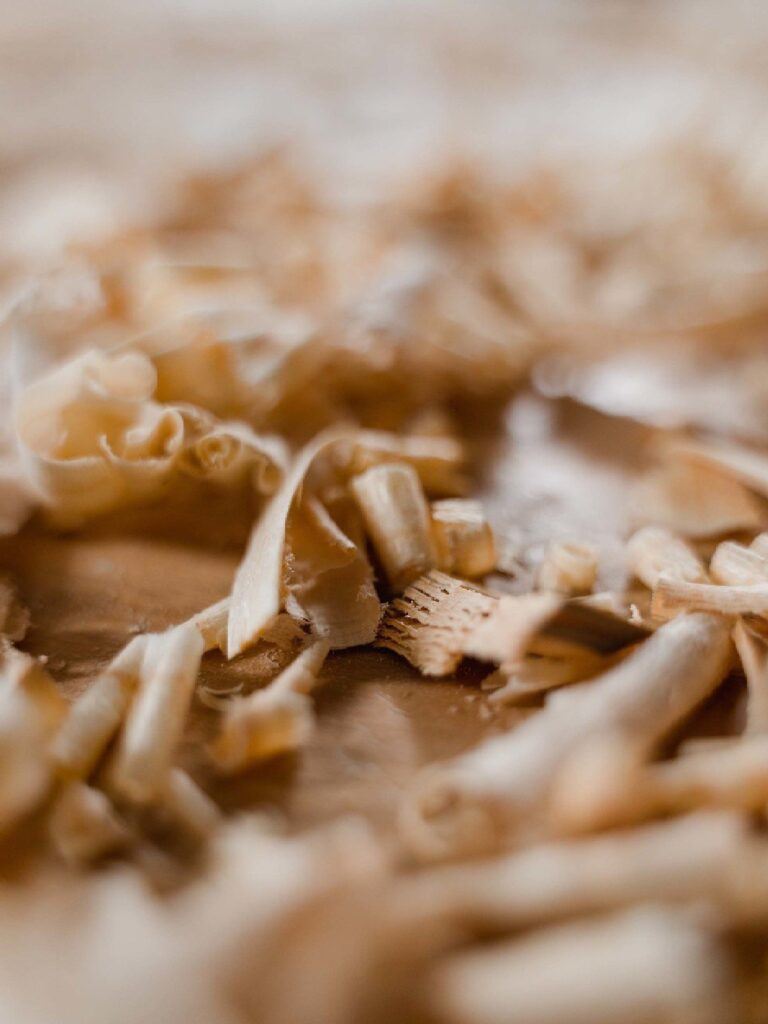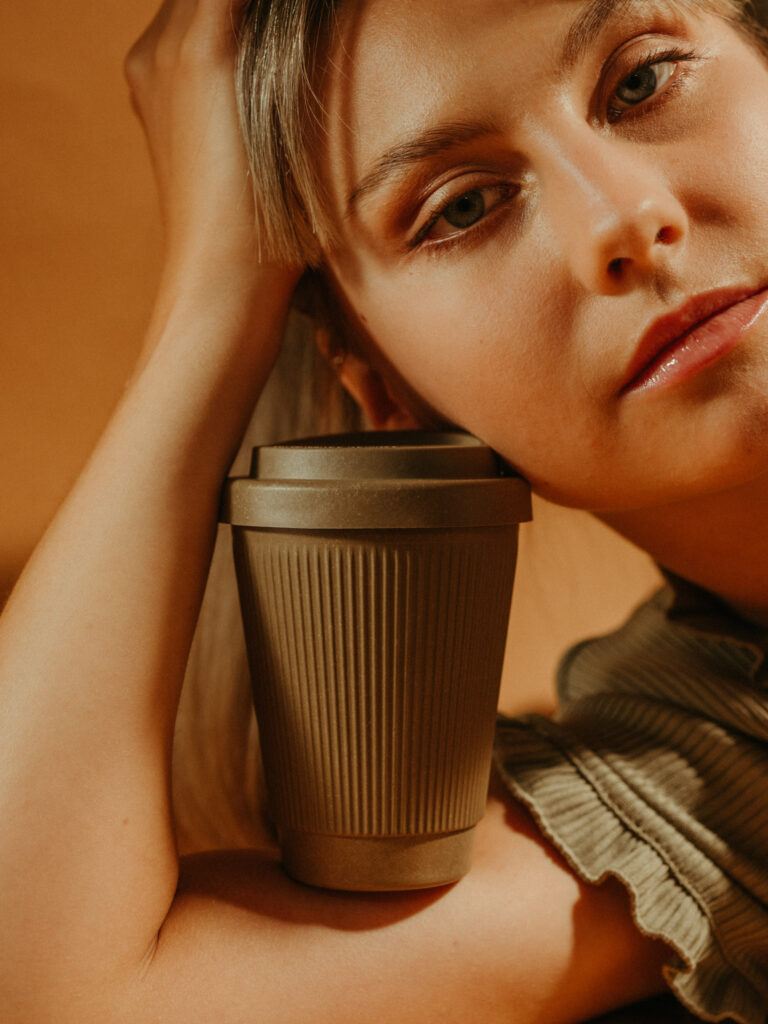We love trash. Or rather, the magic of upcycling trash: creating something new from supposed garbage. Kaffeeform considers itself as part of the circular economy. We collect used coffee grounds and process them with biopolymers and other natural materials into coffee cups – the coffee cycle closes. More and more companies are trying to thinkcircular , to give used materials a new life. Based on the motto “Sharing is caring”, we would like to present four companies that inspire us with their contribution to the circular economy. But first, let’s look at a few terms that are often mentioned in connection with sustainability.
Linear, Recycling & Circular Economy – What is the difference?
The term Circular Economy contrasts with Linear Economy, in which new resources are used for production. The Circular economy stands for production that uses existing materials. In addition, it emphasizes on reusing existing products as often as possible. For example, borrowing products, repairing products instead of buying new ones, etc. The circular economy is therefore not just a production standard, but a lifestyle.
In the Recycling economy, while waste products are used in production, the end product is not recyclable again, so waste is generated after the life cycle of the recycled product. For example, PET can be converted into a textile like fleece, but in most cases it cannot be recycled again. This process is also known as Downcycling. While downcycling is the same process as recycling, the resulting product or material is either not again recyclable and/or of lower quality than before. In contrast to this is the term Upcycling, in which materials, such as used coffee grounds, are upgraded.
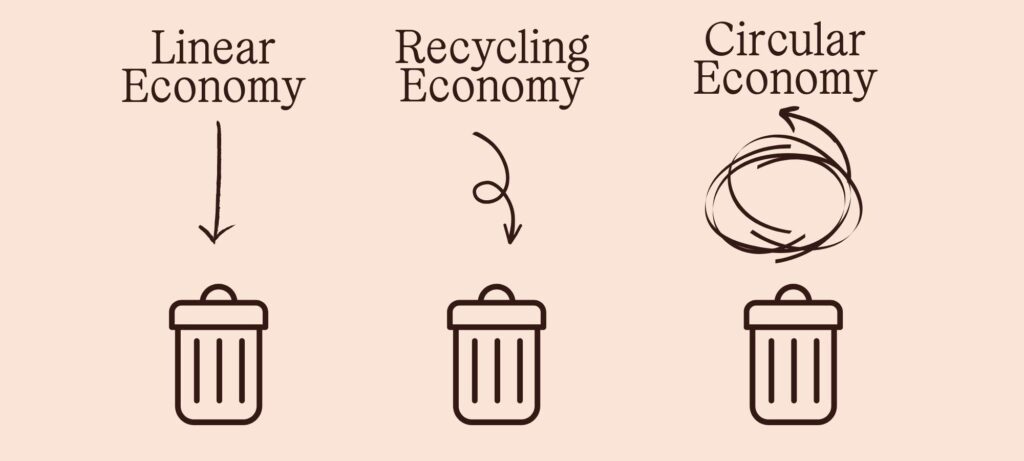
Circular Economy companies: four examples
Leather made of grapes: Vegea (IT)
The Italian company Vegea produces a vegan leather alternative made from waste products in wine production. For this, skins, seeds and stalks of grapes are processed. And if leather made from grape leftovers isn’t impressive enough for you, unlike traditional leather, it’s made without the use of excessive water and no chemicals. Not to mention the animal suffering avoided. Wine leather is used, among other things, for the production of clothing and furniture, but also in the automotive industry.
Oyster mushrooms made from used coffee grounds: Beyond Coffee (NL)
Just like Kaffeeform, Danish company Beyond Coffee collects coffee grounds locally. But that’s where the similarities stop. Because where Kaffeeform dries the coffee grounds next, Beyond Coffee grows oyster mushrooms from the coffee grounds. That’s right. The fresh mushrooms are in turn delivered to surrounding restaurants. The local approach allows the mushrooms to arrive at the restaurant as little as 20 minutes after harvest. In addition, they also offer a mushroom growing kit for at home, so that you can reuse the used coffee grounds at home.
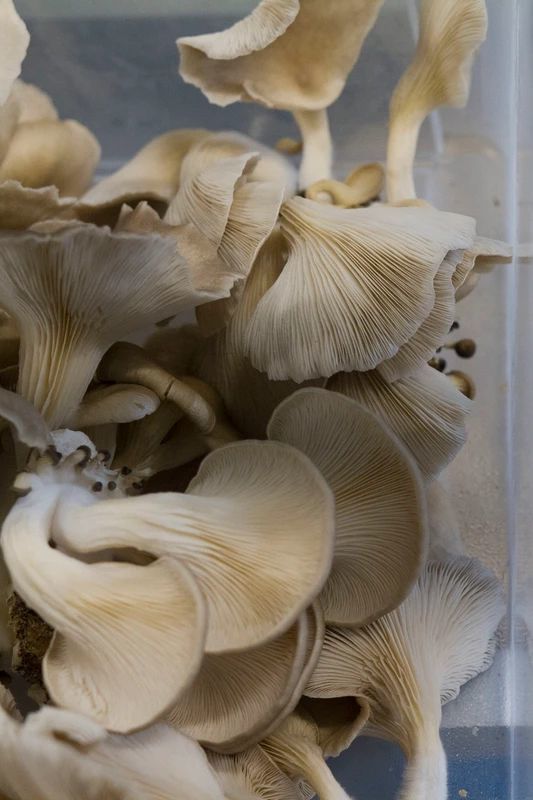
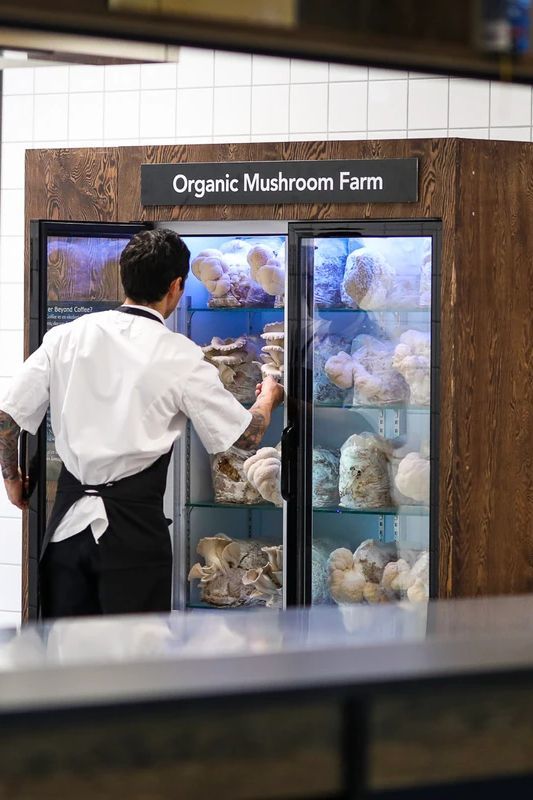
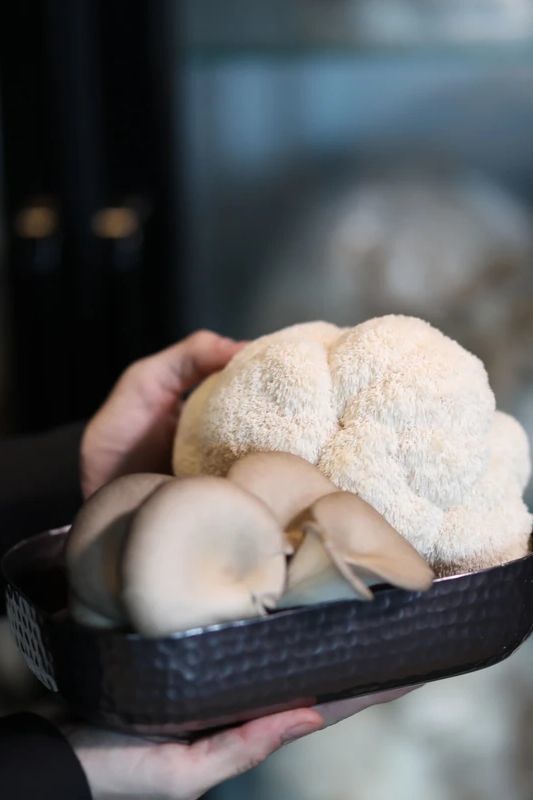
Cabinets made from oil drums and jewelry made from old skateboards: Lockengelöt (DE)
The Hamburg based company Lockengelöt has been dedicated to the production of sustainable everyday objects from supposed garbage for over 15 years now. Their range includes, among other things, cabinets and tables made from oil drums, lamps made from old vinyl records and jewelry made from broken skateboards. They value local and sustainable production and plant a tree for every product sold.

Backpacks made from car scraps: Airpaq (DE)
The Cologne based startup Airpaq manufactures backpacks that are 100% made from upcycled car scraps. The initial university project was backed by a Kickstarter campaign. The backpacks are produced in Romania, where they also receive the airbag material as discarddirectly from the producer. Seat belts and buckles are sourced from scrap yards. In addition to several backpack models, they also offer fanny packs and gym bags. But it doesn’t stop there: in true fashion of circular economy, their customers can send in old backpacks so that they can be upcycled again, for example as bow ties and handkerchiefs.
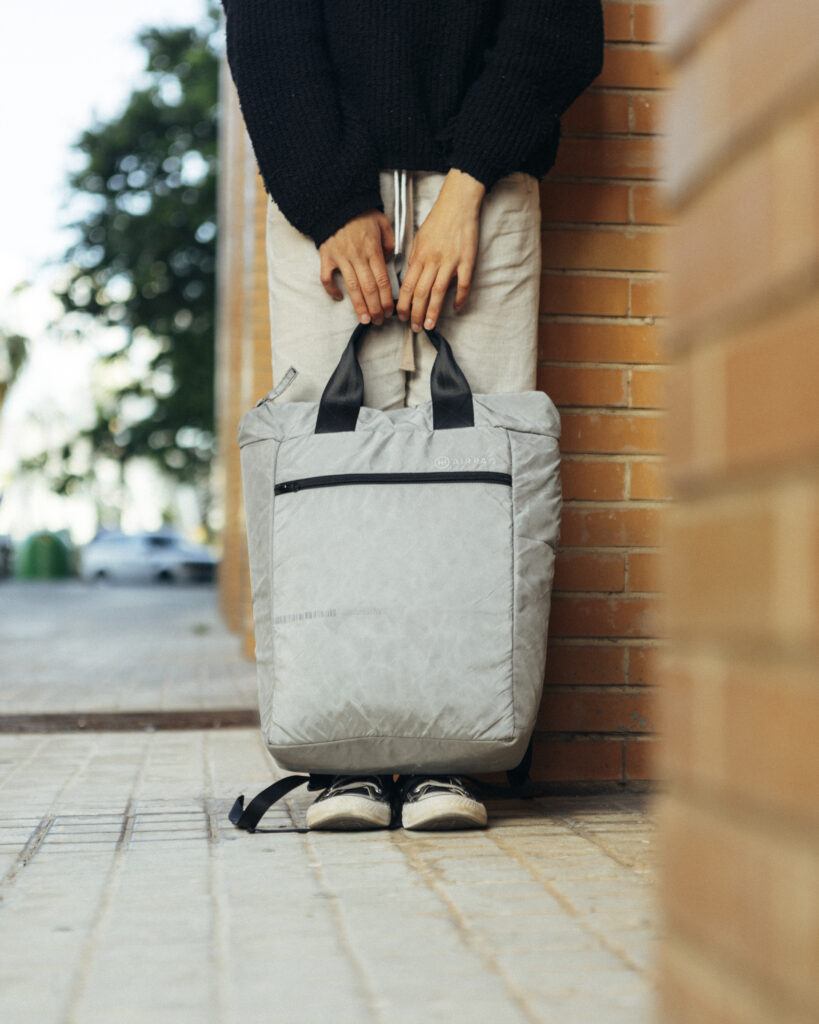
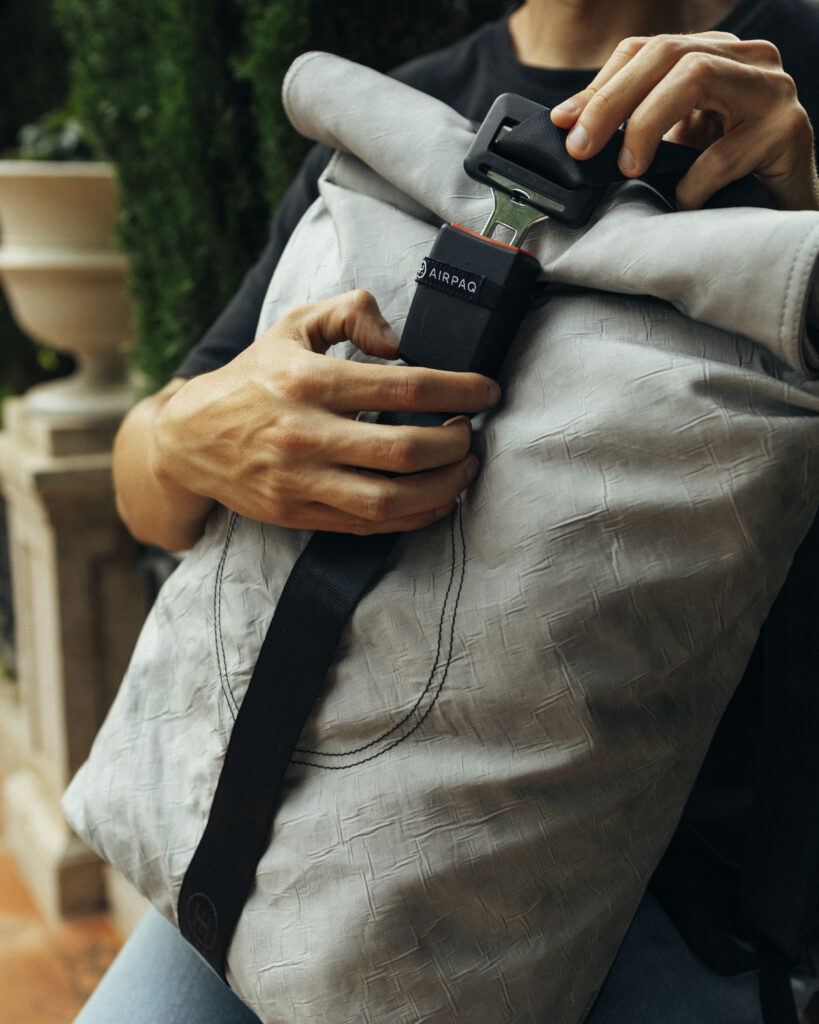
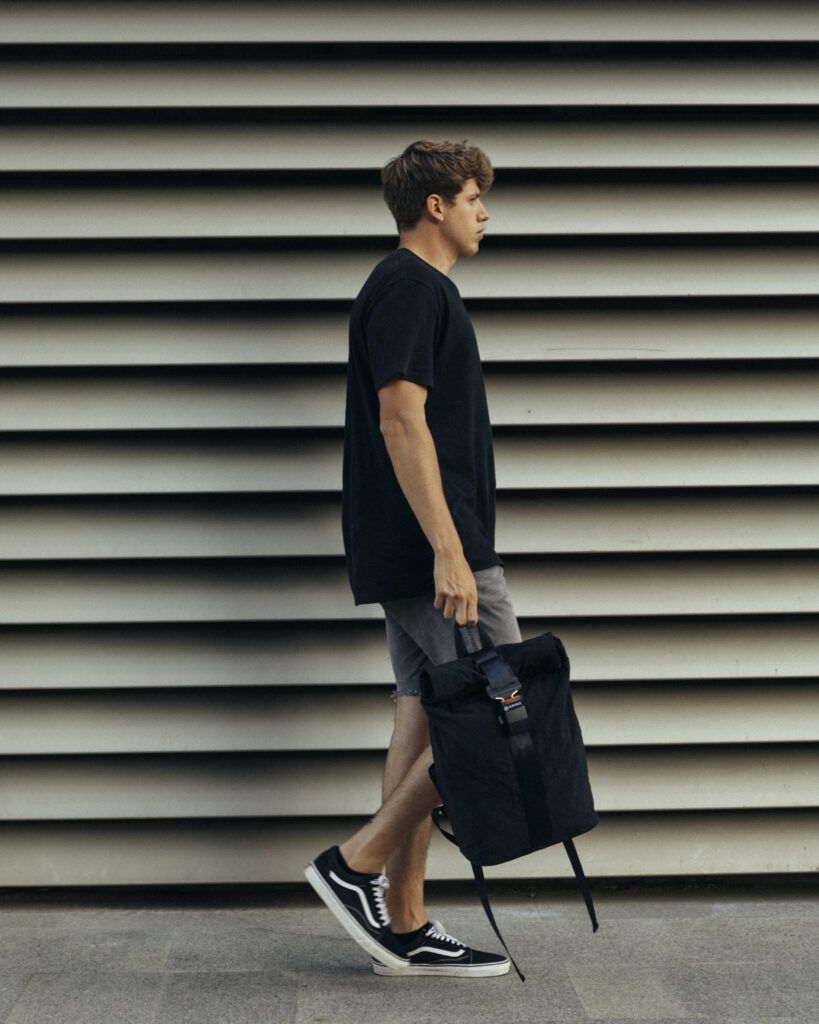
This is how Kaffeeform contributes to the Circular Economy
Kaffeeform promotes the principle of the circular economy. The increasing coffee consumption worldwide produces more and more coffee grounds, which usually end up directly in the garbage. This is where we start and continue to use the otherwise wasted resource as raw material. The resulting innovative material is particularly durable. As a Cup, it comes into its own in perfect form. The cycle closes.
In addition to coffee grounds, we want to give new life to other natural materials in the future. This is why we are also using a wood material with recycled wood fibers and biopolymers. For this we upcycle wood residues that are produced by wood processing companies in southern Germany.
We combine design with sustainability. Our Weducer Cups in particular show how form and function can pave the way for sustainability in everyday life.
